Ryan Adams
The Segmented iHMM: A Simple, Efficient Hierarchical Infinite HMM
Feb 20, 2016
Abstract:We propose the segmented iHMM (siHMM), a hierarchical infinite hidden Markov model (iHMM) that supports a simple, efficient inference scheme. The siHMM is well suited to segmentation problems, where the goal is to identify points at which a time series transitions from one relatively stable regime to a new regime. Conventional iHMMs often struggle with such problems, since they have no mechanism for distinguishing between high- and low-level dynamics. Hierarchical HMMs (HHMMs) can do better, but they require much more complex and expensive inference algorithms. The siHMM retains the simplicity and efficiency of the iHMM, but outperforms it on a variety of segmentation problems, achieving performance that matches or exceeds that of a more complicated HHMM.
Celeste: Variational inference for a generative model of astronomical images
Jun 03, 2015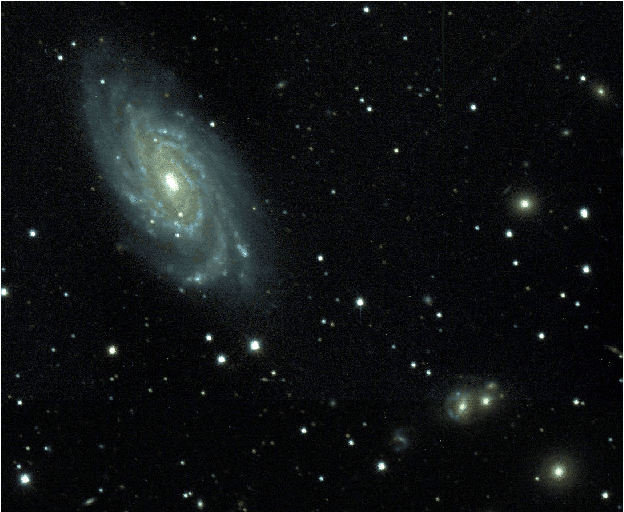
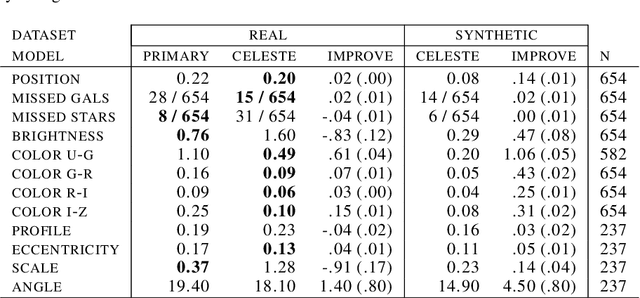
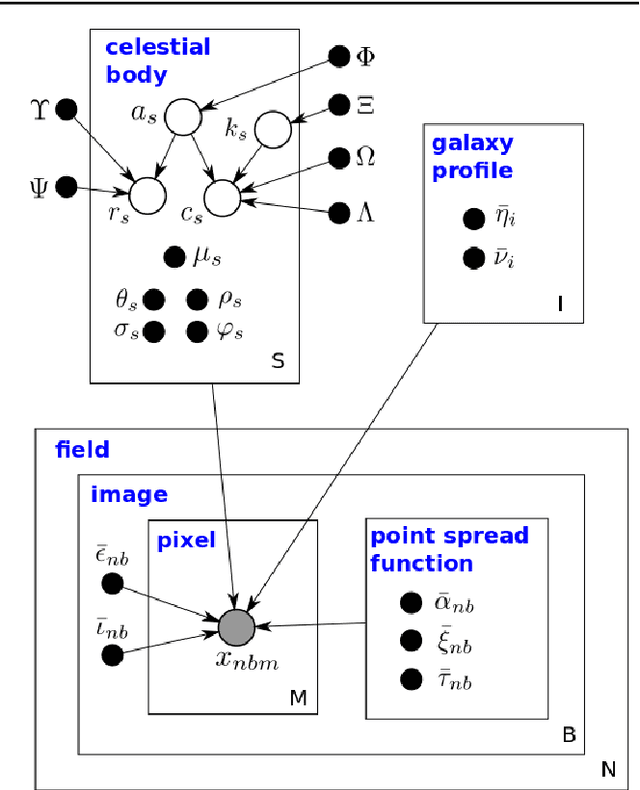
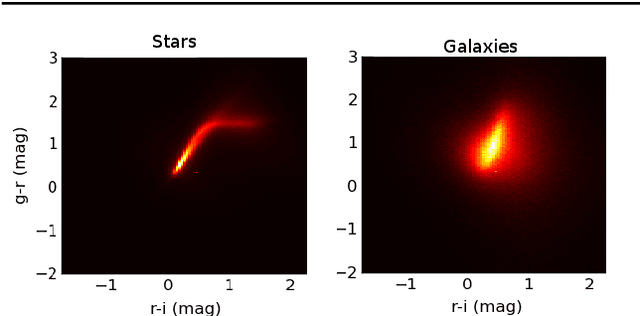
Abstract:We present a new, fully generative model of optical telescope image sets, along with a variational procedure for inference. Each pixel intensity is treated as a Poisson random variable, with a rate parameter dependent on latent properties of stars and galaxies. Key latent properties are themselves random, with scientific prior distributions constructed from large ancillary data sets. We check our approach on synthetic images. We also run it on images from a major sky survey, where it exceeds the performance of the current state-of-the-art method for locating celestial bodies and measuring their colors.
Graph-Sparse LDA: A Topic Model with Structured Sparsity
Nov 21, 2014



Abstract:Originally designed to model text, topic modeling has become a powerful tool for uncovering latent structure in domains including medicine, finance, and vision. The goals for the model vary depending on the application: in some cases, the discovered topics may be used for prediction or some other downstream task. In other cases, the content of the topic itself may be of intrinsic scientific interest. Unfortunately, even using modern sparse techniques, the discovered topics are often difficult to interpret due to the high dimensionality of the underlying space. To improve topic interpretability, we introduce Graph-Sparse LDA, a hierarchical topic model that leverages knowledge of relationships between words (e.g., as encoded by an ontology). In our model, topics are summarized by a few latent concept-words from the underlying graph that explain the observed words. Graph-Sparse LDA recovers sparse, interpretable summaries on two real-world biomedical datasets while matching state-of-the-art prediction performance.
Factorized Point Process Intensities: A Spatial Analysis of Professional Basketball
Jan 08, 2014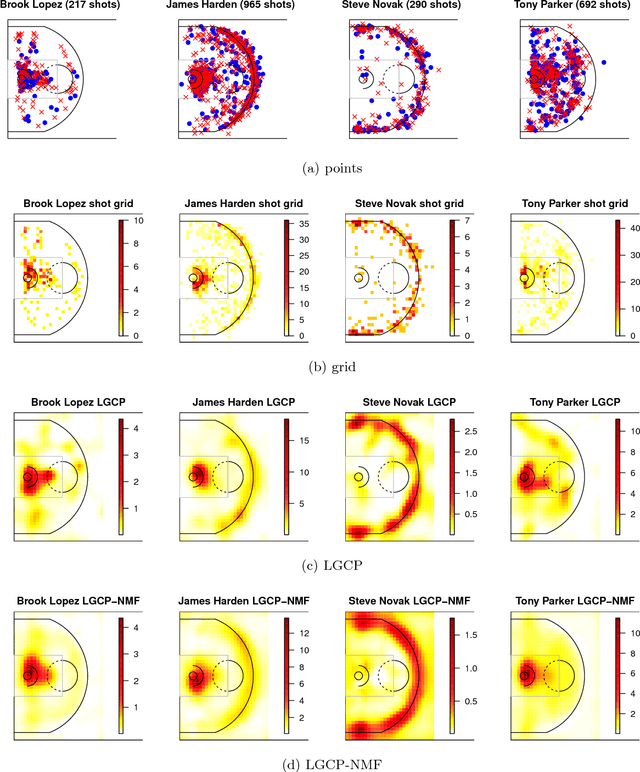
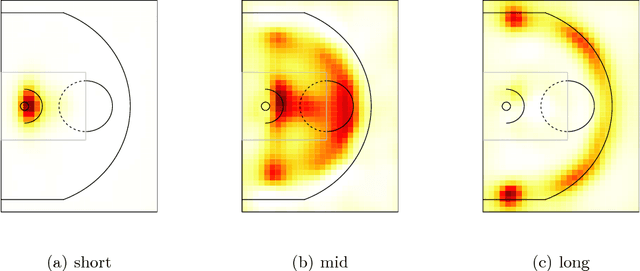
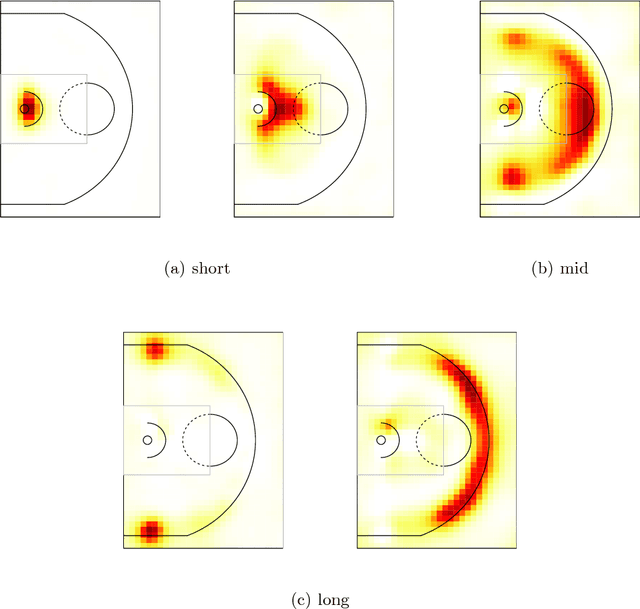
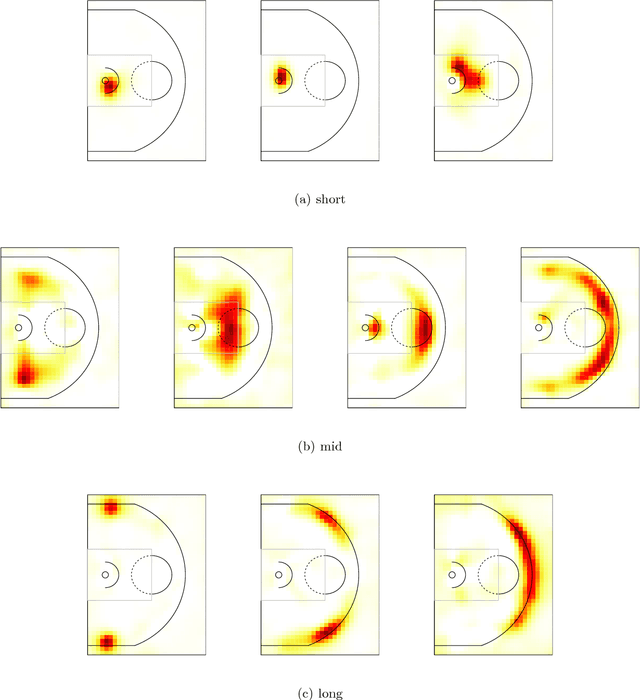
Abstract:We develop a machine learning approach to represent and analyze the underlying spatial structure that governs shot selection among professional basketball players in the NBA. Typically, NBA players are discussed and compared in an heuristic, imprecise manner that relies on unmeasured intuitions about player behavior. This makes it difficult to draw comparisons between players and make accurate player specific predictions. Modeling shot attempt data as a point process, we create a low dimensional representation of offensive player types in the NBA. Using non-negative matrix factorization (NMF), an unsupervised dimensionality reduction technique, we show that a low-rank spatial decomposition summarizes the shooting habits of NBA players. The spatial representations discovered by the algorithm correspond to intuitive descriptions of NBA player types, and can be used to model other spatial effects, such as shooting accuracy.
 Add to Chrome
Add to Chrome Add to Firefox
Add to Firefox Add to Edge
Add to Edge